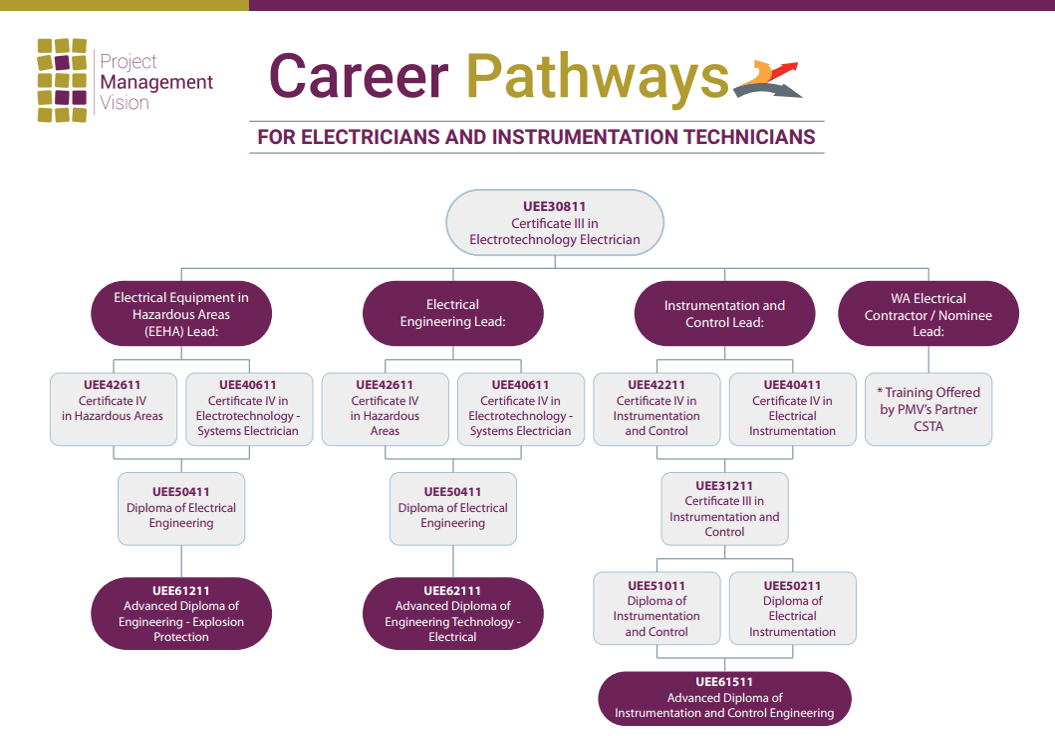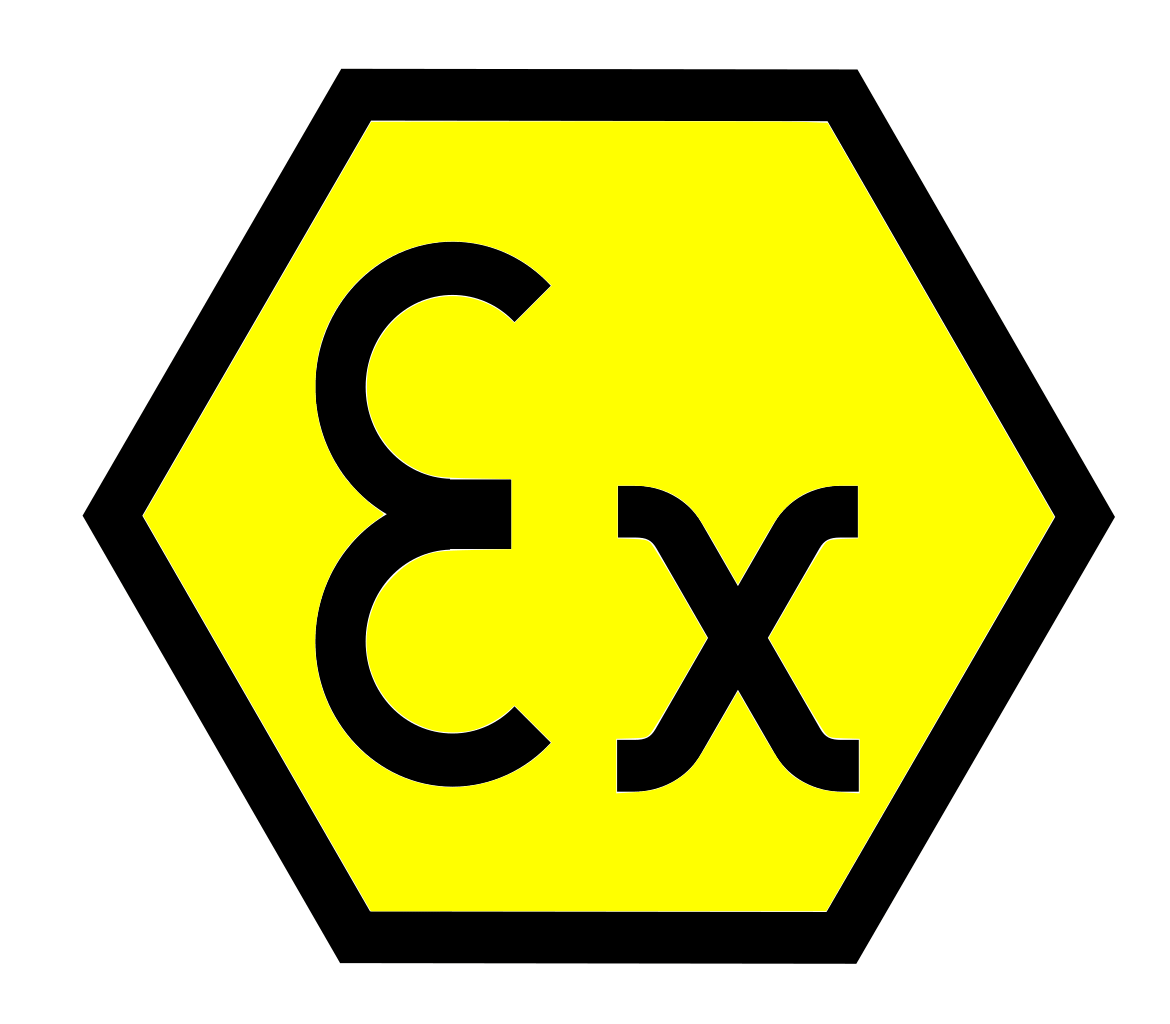Some Ideas on Roar Solutions You Need To Know
Some Ideas on Roar Solutions You Need To Know
Blog Article
Facts About Roar Solutions Uncovered
Table of ContentsThe Main Principles Of Roar Solutions Things about Roar SolutionsRoar Solutions - Questions
In order to protect installments from a possible explosion a method of evaluating and classifying a possibly hazardous location is needed. The purpose of this is to make sure the appropriate selection and setup of tools to eventually prevent a surge and to guarantee safety of life.
(https://www.metooo.io/u/roarsolutions)
No tools needs to be installed where the surface area temperature level of the tools is better than the ignition temperature of the provided risk. Below are some typical dirt hazardous and their minimal ignition temperature. Coal Dust 380C 225C Polythene 420C (thaws) Methyl Cellulose 420C 320C Starch 460C 435C Flour 490C 340C Sugar 490C 460C Grain Dust 510C 300C Phenolic Resin 530C > 450C Aluminium 590C > 450C PVC 700C > 450C Soot 810C 570C The possibility of the risk existing in a concentration high adequate to create an ignition will vary from location to location.
In order to classify this danger an installation is divided into areas of threat relying on the amount of time the harmful exists. These areas are referred to as Areas. For gases and vapours and dirts and fibres there are 3 areas. Zone 0 Area 20 A hazardous atmosphere is very likely to be present and might be present for extended periods of time (> 1000 hours annually) or perhaps constantly Zone 1 Area 21 A harmful ambience is feasible yet unlikely to be present for long periods of time (> 10 450 C [842 F] A classification of T6 means the minimum ignition temperature level is > 85 C [185 F] Unsafe location electrical tools perhaps developed for usage in higher ambient temperature levels. This would showed on the score plate e.g. EExe II C T3 Ta + 60C( This means at 60C ambient T3 will certainly not be gone beyond) T1 T1, T2, T3, T4, T5, T6 T2 T2, T3, T4, T5, T6 T3 T3, T4, T5, T6 T4 T4, T5, T6 T5 T5, T6 T6 T6 A T Class ranking of T1 indicates the maximum surface area temperature level produced by the instrument at 40 C is 450 C. Thinking the connected T Course and Temperature ranking for the tools are appropriate for the location, you can always make use of an instrument with a much more rigid Division score than needed for the area. There isn't a clear solution to this concern. It actually does depend on the sort of tools and what repairs require to be performed. Tools with specific examination procedures that can not be carried out in the area in order to achieve/maintain third celebration ranking. Need to come back to the manufacturing facility if it is before the equipment's solution. Field Repair Service By Authorised Personnel: Difficult testing may not be needed however particular treatments may need to be complied with in order for the tools to preserve its 3rd party rating. Authorized employees must be employed to do the job correctly Fixing must be a like for like replacement. New component should be considered as a direct replacement needing no unique testing of the devices after the fixing is complete. Each piece of equipment with a dangerous score must be examined individually. These are outlined at a high degree listed below, but also for more detailed information, please refer directly to the guidelines.
Facts About Roar Solutions Uncovered
The equipment register is a comprehensive data source of devices documents that includes a minimum set of fields to identify each product's location, technological specifications, Ex-spouse category, age, and environmental data. This information is crucial for tracking and taking care of the tools properly within unsafe areas. In contrast, for routine or RBI tasting examinations, the grade will be a mix of Comprehensive and Close examinations. The ratio of In-depth to Shut evaluations will certainly be figured out by the Devices Risk, which is examined based upon ignition danger (the chance of a source of ignition versus the likelihood of a flammable environment )and the unsafe location classification
( Zone 0, 1, or 2). This variant will certainly also influence the resourcing demands for job prep work. Once Great deals are specified, you can create sampling strategies based on the sample size of each Great deal, which refers to the variety of random tools things to be evaluated. To figure out the called for sample size, two aspects need to be assessed: the size of the Great deal and the classification of examination, which indicates the level of effort that ought to be applied( minimized, regular, or increased )to the inspection of the Lot. By incorporating the group of inspection with the Great deal size, you can after that develop the appropriate being rejected standards for an example, meaning the permitted variety of defective things found within that sample. For even more information on this procedure, please refer to the Energy Institute Guidelines. The IEC 60079 conventional suggests that the maximum interval in between examinations need to not go beyond three years. EEHA evaluations will certainly additionally be carried out outside of RBI projects as component of scheduled upkeep and devices overhauls or repair work. These evaluations can be attributed towards the RBI sample dimensions within the influenced Whole lots. EEHA examinations are performed to identify mistakes in electrical devices. A weighted racking up system is vital, as a solitary tool might have several mistakes, each with varying levels of ignition danger. If the combined rating of both evaluations is less than twice the mistake score, the Lot is regarded acceptable. If the Whole lot is still thought about dig this unacceptable, it has to undertake a full inspection or reason, which may activate more stringent evaluation methods. Accepted Lot: The reasons of any faults are recognized. If a typical failure mode is found, extra equipment might need maintenance. Faults are classified by intensity( Security, Honesty, House cleaning ), making certain that immediate concerns are examined and dealt with immediately to mitigate any type of impact on safety and security or procedures. The EEHA database should track and videotape the lifecycle of mistakes along with the rehabilitative activities taken. Carrying out a durable Risk-Based Assessment( RBI )strategy is critical for making sure compliance and safety in taking care of Electrical Devices in Hazardous Locations( EEHA) (Roar Solutions). Automated Mistake Rating and Lifecycle Administration: Effortlessly take care of mistakes and track their lifecycle to boost inspection accuracy. The intro of this assistance for risk-based examination better reinforces Inspectivity's placement as a best-in-class remedy for governing conformity, in addition to for any type of asset-centric evaluation use situation. If you have an interest in finding out more, we welcome you to ask for a demo and find just how our solution can change your EEHA monitoring processes.
How Roar Solutions can Save You Time, Stress, and Money.

In regards to eruptive risk, an unsafe location is an atmosphere in which an explosive ambience is existing (or might be expected to be present) in amounts that need special precautions for the construction, installation and usage of equipment. high voltage courses. In this write-up we check out the obstacles dealt with in the workplace, the threat control steps, and the called for proficiencies to function securely
It issues of contemporary life that we manufacture, store or handle a variety of gases or fluids that are considered combustible, and a series of dirts that are regarded combustible. These materials can, in certain conditions, create explosive environments and these can have significant and unfortunate repercussions. The majority of us know with the fire triangular get rid of any type of among the 3 elements and the fire can not happen, yet what does this mean in the context of harmful areas? When damaging this down right into its easiest terms it is essentially: a mix of a specific quantity of launch or leak of a certain material or material, combining with ambient oxygen, and the presence of a resource of ignition.
In many instances, we can do little regarding the levels of oxygen in the air, but we can have significant impact on sources of ignition, for instance electrical tools. Dangerous locations are recorded on the unsafe location category illustration and are recognized on-site by the triangular "EX-SPOUSE" indicator. Below, among other vital information, areas are split into three types depending upon the risk, the probability and period that an eruptive ambience will exist; Area 0 or 20 is considered the most harmful and Zone 2 or 22 is considered the least.
Report this page